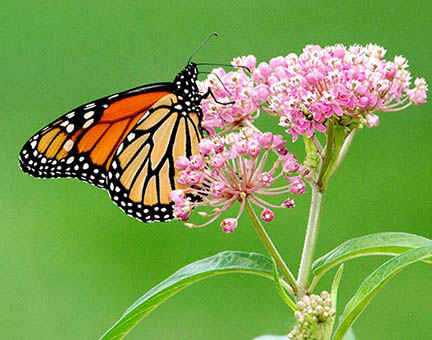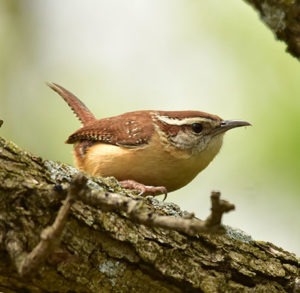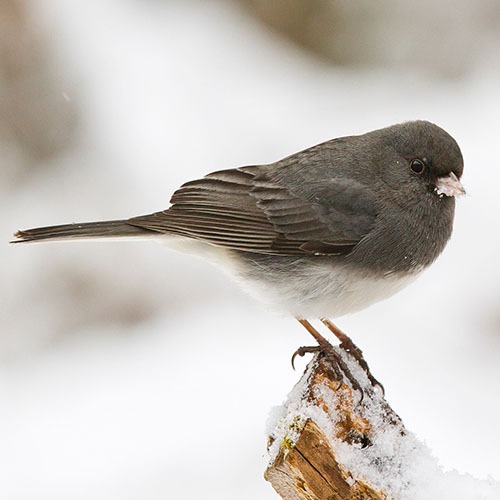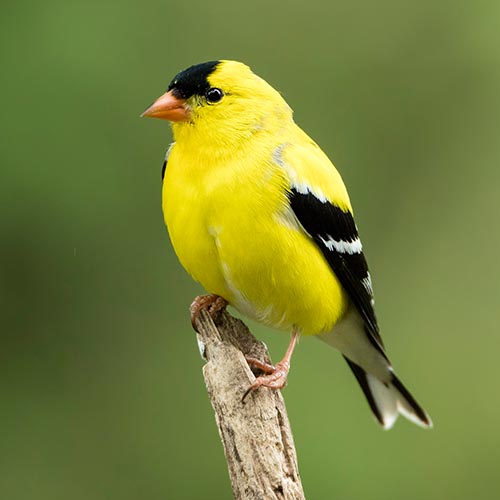Our gardens and yards can hold rich ecosystems with both predators and prey. One group of those predators are the robber flies. Robber flies are in the family Asilidae and can be found throughout the most of the world. Several different types of robber flies can be found in Kentucky. They are most common in open areas, which makes fields of wildflowers and pollinator gardens great places to observe them.

Robber flies can live between 1 and 3 years. Most of that time is as a larva in the soil. The robber fly will pupate in the soil and go through complete metamorphosis before emerging as a fully formed adult. Adult robber flies are predatory flies that can catch prey larger than themselves in mid-air. Insects such as bees, other flies, and butterflies are their primary prey. However, they will also occasionally prey on spiders and hummingbirds. After catching its prey, the robber fly will inject the prey with a combination of enzymes that immobilize and begin liquefying the prey. The robber fly will then find some place to land and will use its proboscis to suck out the liquefied insides, much like a spider eats its prey.
The easiest way to identify a robber fly is to look at its eyes. Robber flies have big fly-eyes but the eyes don’t touch and there’s nothing but air between them at the top. These predatory flies also tend to be fairly large, with the body often an inch long or longer; some of the species can look pretty intimidating. The ones I see, or at least recognize most often, are the large ones with long abdomens. When I see them out of the corner of my eye, they sometimes remind me of a weird looking dragonfly or wasp until I take a closer look. However, other species of robber flies are smaller, lack the long abdomen, and are bee mimics. If I’ve seen those species, I didn’t recognize them as robber flies.
It can be tempting to vilify robber flies because they do eat our pollinators. However, overall, they are considered beneficial insects because they also eat other things besides just our pollinators. A healthy, fully functioning ecosystem should have both predator and prey species, and it should be able to easily sustain both types of populations. So, the next time you are out enjoying your pollinator garden or a patch of wildflowers, take a few minutes to look for and appreciate the predators who may also be visiting that area. Seeing a good mix of both predators and prey is an indication that you are creating a healthy ecosystem for pollinators and other wildlife.

This article was part of Shannon’s original Kentucky Pollinators and Backyard Wildlife blog which evolved into the blog for Backyard Ecology.

Backyard Ecology: Exploring Nature in Your Backyard
Nature isn’t just “out there.” It’s all around us, including right outside our doors. Hi, my name is Shannon Trimboli, and I am the host of Backyard Ecology. I live in southcentral Kentucky and am a wildlife biologist, educator, author, beekeeper, and owner of a nursery specializing in plants for pollinators and wildlife conservation. I invite you to join me as we ignite our curiosity and natural wonder, explore our yards and communities, and improve our local pollinator and wildlife habitat. Learn more or subscribe to my email list at www.backyardecology.net.



